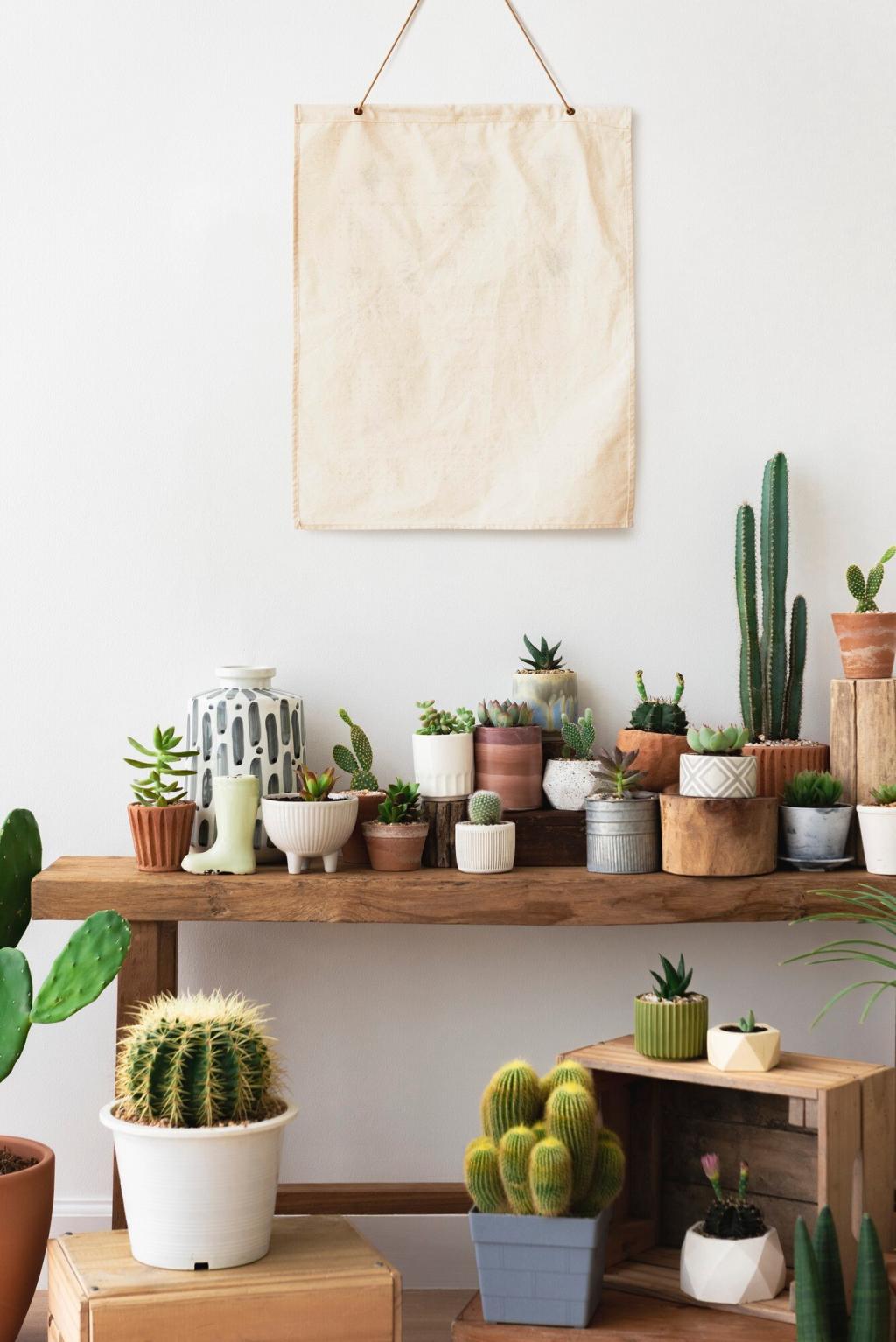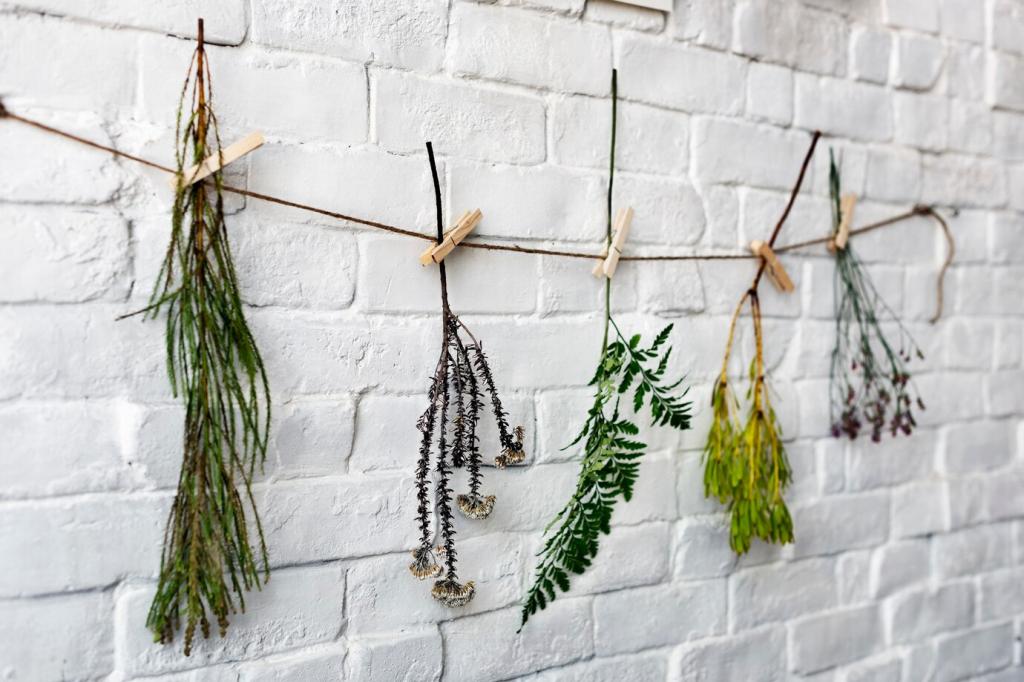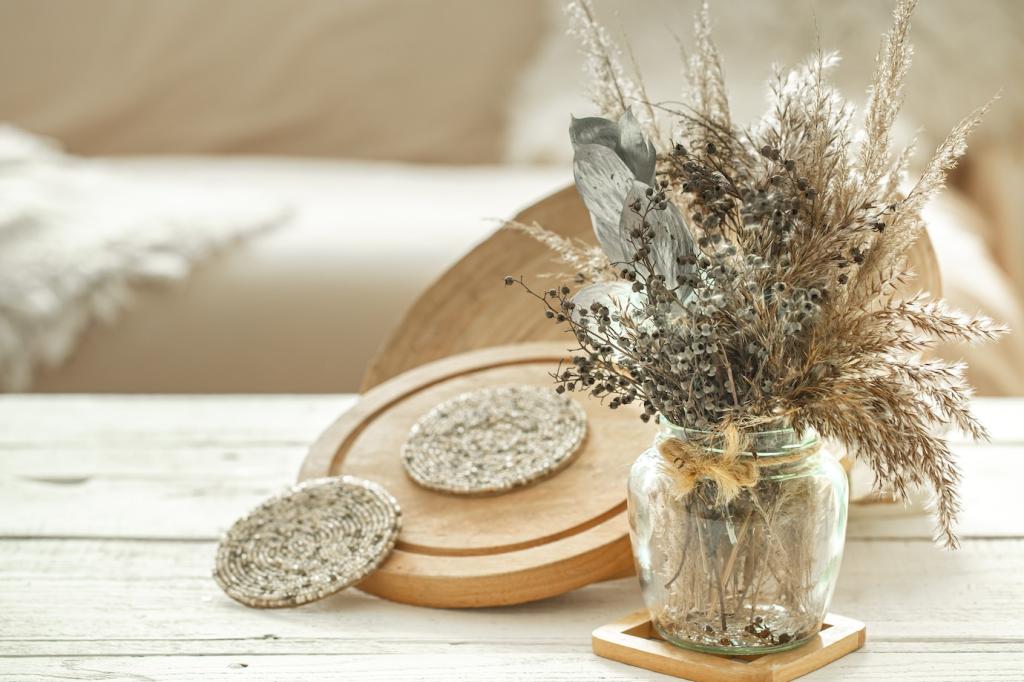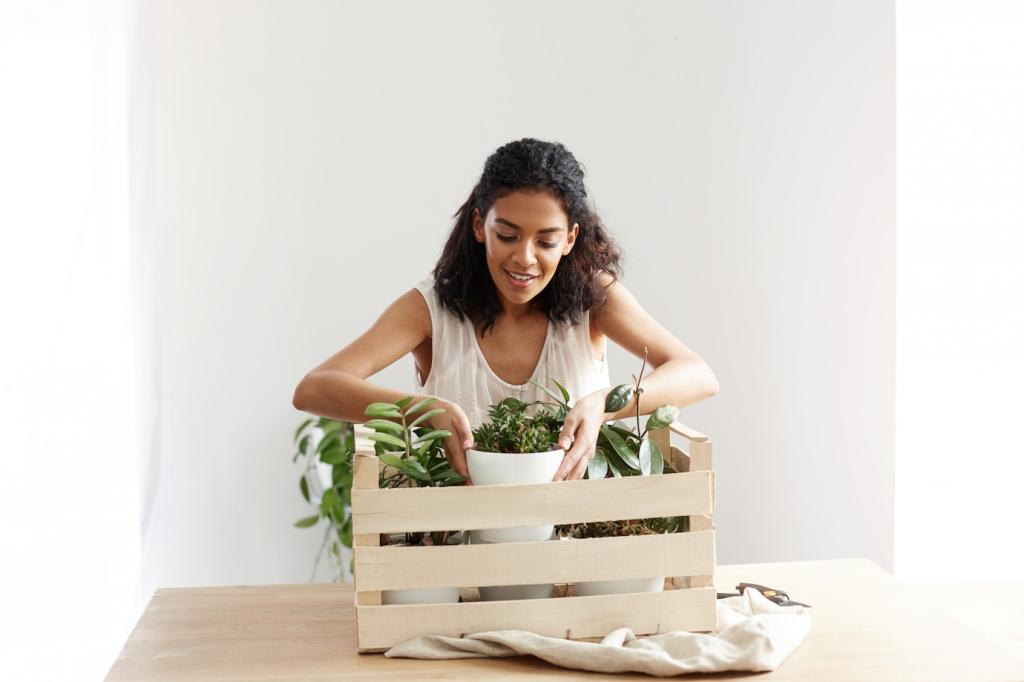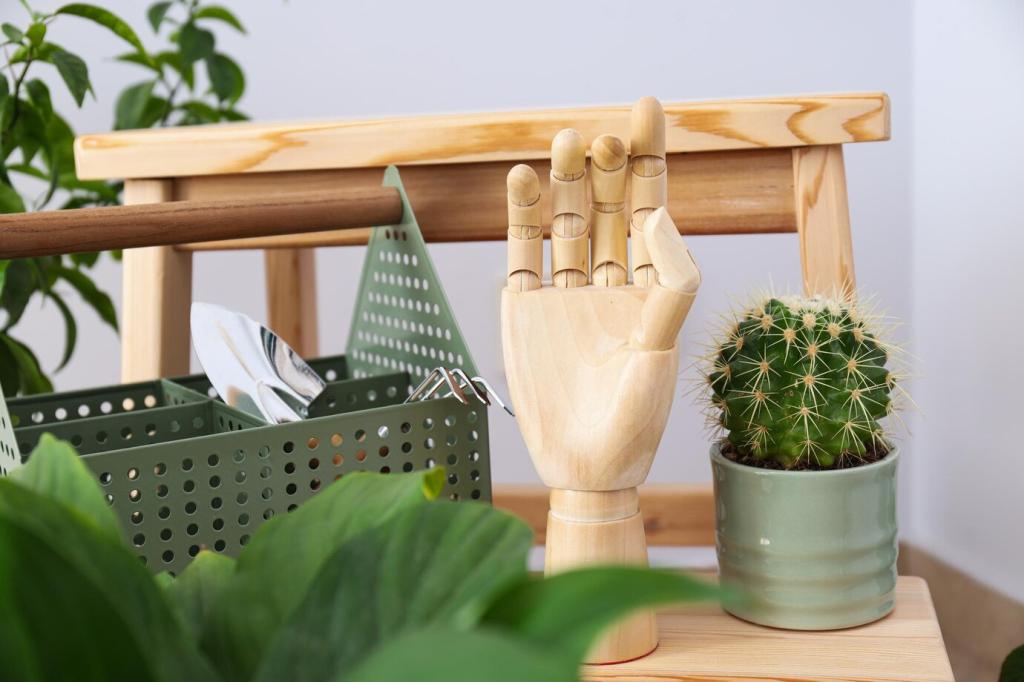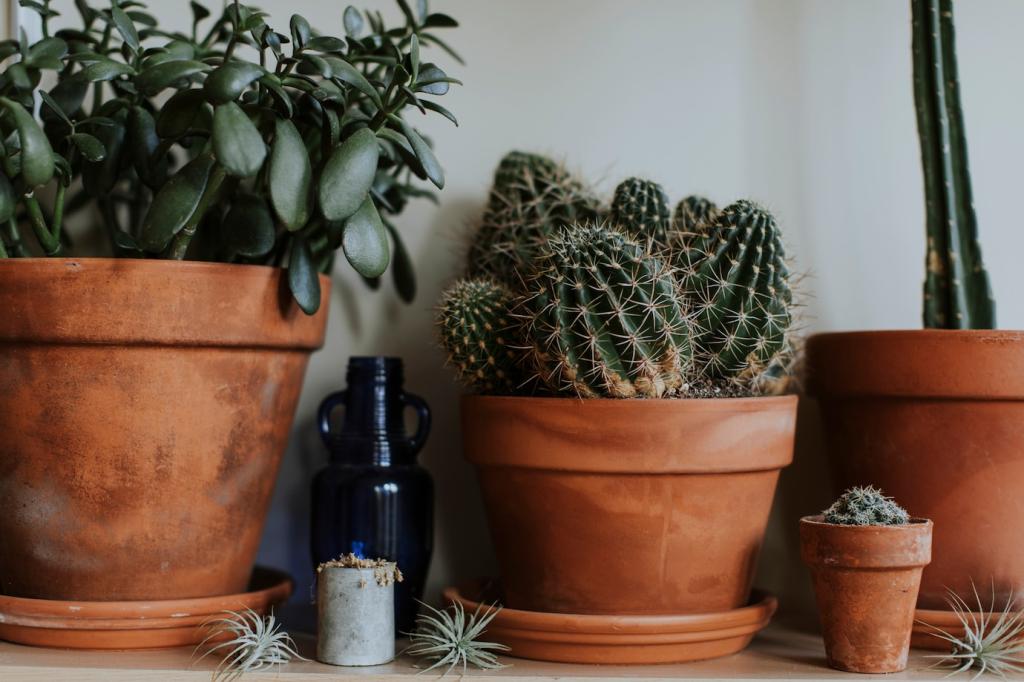Light, Air, and the Rhythms of Life
Position desks near windows, use high-CRI bulbs with warm evenings, and keep sightlines open to the sky. Studies connect daylight access to improved mood and focus. Share how sunlight travels across your space and where it feels best to linger.
Light, Air, and the Rhythms of Life
Nature’s light shifts constantly, so interior lighting should respond. Layer sheers, adjustable blinds, and plants that filter brightness. Dappled shadows mimic leaves in wind, improving visual comfort. Do you prefer soft, forest-like light or bright, open-sky clarity?
Light, Air, and the Rhythms of Life
Cross-ventilation, ceiling fans on low, and air-purifying plants foster freshness. Openable windows invite seasonal scents and subtle temperature changes that keep us alert. Tell us your strategy for moving air gently without drafts, and which plants thrive with it.

